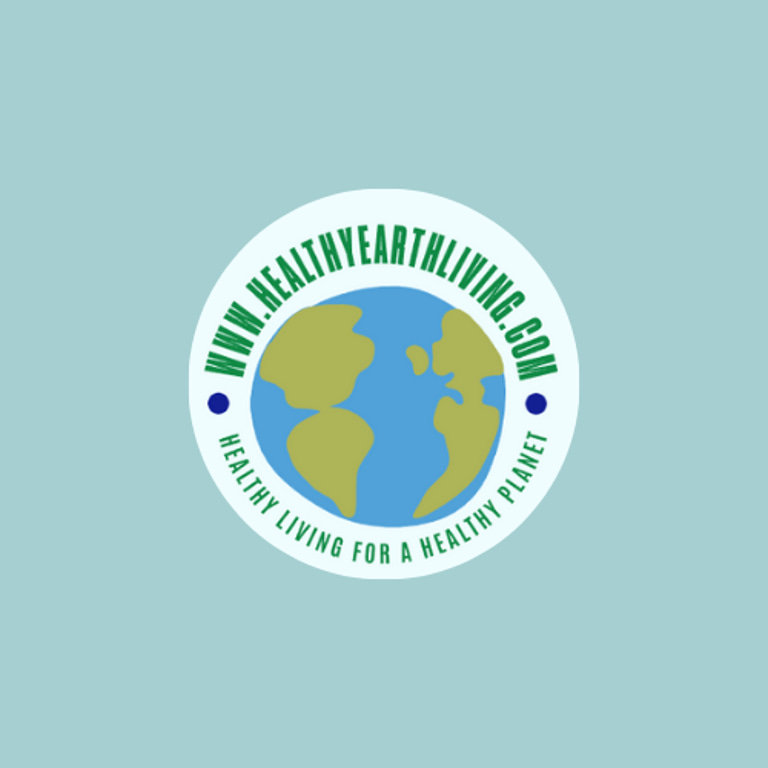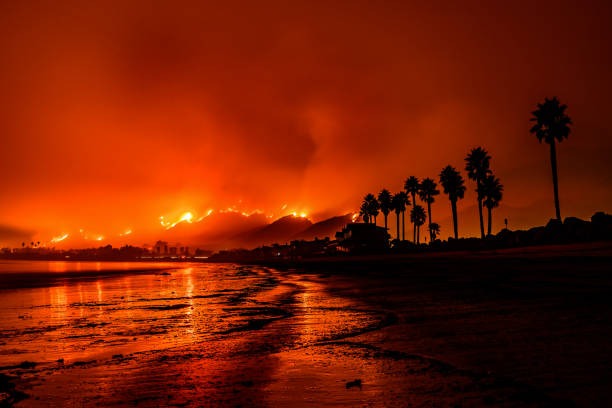Planet on Fire
Janelle Salo RN
1/25/20258 min read
Key Points:
Climate change intensifies California wildfires through rising temperatures, prolonged droughts, and shifting weather patterns.
Human activities, including urban development and unsafe practices, are major contributors to wildfire outbreaks.
Sustainable solutions like renewable energy, forest management, and individual action can help decrease wildfire risks.
A State Ablaze
Wildfires in California have become more frequent and intense over the past few decades. (1) Each year, we hear about record-breaking fires that burn through millions of acres, fueled by hotter temperatures, drier conditions, and stronger winds. These changes aren’t random, they’re linked to climate change and human activity, making wildfires a growing challenge that affects everyone.
The destruction caused by wildfires is heartbreaking. Families lose their homes, their belongings, and sometimes even loved ones. Wildlife struggles to survive as forests burn, leaving many animals without habitats. Entire communities are left in ruins, and the smoke pollutes the air, affecting people’s health for months. The impact goes beyond what we see on the news. It’s a devastating reality for so many.
The time to act is now. Wildfires aren’t just a problem for California, they’re a warning sign of how climate change and poor land management can lead to disaster. If we don’t work together to find solutions, the fires will only get worse, putting more lives, communities, and the planet at risk. It’s up to all of us to take steps to make a difference before it’s too late.
The Science Behind the Flames
Climate Change and Wildfires
Hotter temperatures dry out forests and vegetation, turning them into fuel for wildfires. (2) Prolonged droughts mean there’s less water in the soil and plants, making the landscape even more flammable. Add shifting weather patterns, like strong winds or sudden heatwaves and you get the perfect conditions for a fire to ignite and spread quickly. These changes aren’t random; they’re largely driven by climate change, creating a dangerous cycle that fuels more fires every year.
When wildfires burn, they release massive amounts of carbon dioxide into the atmosphere, which worsens climate change. (3) This extra carbon traps more heat, leading to even hotter and drier conditions. It’s a destructive feedback loop: climate change causes bigger fires, and those fires make climate change worse. Breaking this cycle is detrimental if we want to protect our environment and slow down the warming of our planet.
Human Activity and Wildfires
As cities and towns expand into forested areas, more homes and businesses are built in regions prone to wildfires. This increases the risk of fires starting near communities and makes it harder to control their spread. In addition, fire suppression policies that prevent smaller, natural fires from burning over time lead to an unhealthy buildup of dry vegetation, which acts as fuel for larger, more dangerous fires. (4) Accidental ignitions, like an unattended campfire or a spark from machinery, can quickly turn into catastrophic blazes under these conditions.
Electrical grid failures have become a major cause of wildfires, with sparks from power lines often igniting dry vegetation. These incidents are particularly devastating because they can occur during windy, dry conditions, spreading fires rapidly. Other preventable factors, like unsafe outdoor burning or improperly discarded cigarettes, also contribute to the wildfire problem. Addressing these risks through better infrastructure, stricter safety measures, and public awareness can go a long way in reducing preventable wildfires.
The Environmental Toll
When wildfires rage through forests, they destroy more than just trees, they wipe out entire ecosystems. Wildlife lose their homes, food sources, and safe spaces, forcing them to flee or perish. Some species, especially those already endangered, may never recover. The loss of biodiversity is a silent tragedy, as each plant and animal plays an important role in keeping our environment balanced and thriving.
The smoke from wildfires fills the air with harmful pollutants, affecting millions of people and causing respiratory issues, especially for kids and seniors. (5) Fires also damage watersheds by burning vegetation that helps filter and stabilize water sources, leading to erosion and contaminated rivers. The soil itself becomes less fertile, as intense heat destroys nutrients, making it harder for plants to regrow. These long-term impacts ripple through ecosystems and human communities alike.
Wildfires release enormous amounts of greenhouse gases like carbon dioxide into the atmosphere, which contributes to climate change. (3) They also produce fine particulate matter that can travel thousands of miles, affecting air quality far from the fire’s origin. These pollutants accelerate climate change, creating a vicious cycle where rising temperatures fuel even more fires. The effects aren’t just local, they’re global, impacting weather patterns and air quality worldwide.
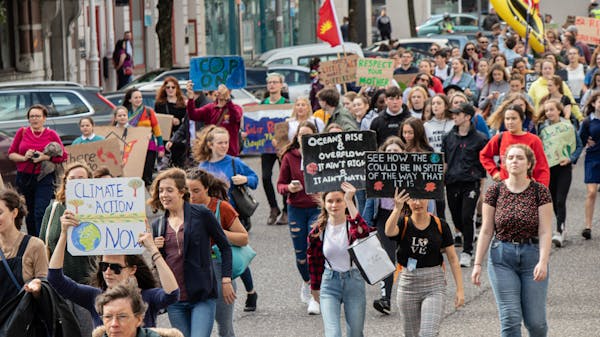

The Human Cost
Fighting the Flames
Wildfires force thousands of families to flee their homes with little notice, leaving behind belongings, memories, pets and a sense of security. The loss of a home or an entire community is devastating, often leaving people feeling uprooted and uncertain about their future. Rebuilding lives after such a disaster is emotionally draining, and the trauma can linger for years, especially for children who might struggle to understand why their world has changed so drastically.
The financial burden of wildfires is enormous. Governments and communities spend billions each year on firefighting efforts, evacuations, and disaster management. (6) After the flames are out, recovery and rebuilding take years and strain resources, with costs that include repairing infrastructure, rebuilding homes, and supporting displaced families. Businesses also suffer, leading to job losses and economic instability in affected regions.
Wildfire smoke is filled with harmful particles that can cause serious respiratory problems. (7) People with asthma, allergies, or other lung conditions are particularly vulnerable, and even healthy individuals can experience symptoms like coughing, shortness of breath, and eye irritation. Prolonged exposure to poor air quality during wildfire season can lead to long-term health issues, including an increased risk of heart and lung diseases, making this a major public health concern.
Current Challenges
Fire prevention programs are imperative for reducing wildfire risks, but many are underfunded and unable to meet the growing demand. (8) Controlled burns, vegetation management, and community education are often neglected due to budget constraints, leaving forests and communities vulnerable. Firefighters face similar challenges, often working with outdated equipment, inadequate staffing, and limited training resources. (9) These brave individuals risk their lives, but without proper support, their ability to prevent and combat fires is severely compromised.
Wildfires are a known and growing threat, yet political and bureaucratic hurdles often delay action. Debates over funding, land management policies, and climate change measures can stall critical decisions for years. (10) Instead of addressing root causes, such as climate change and urban sprawl, efforts are often reactive, focusing on cleanup rather than prevention. These delays cost lives, destroy ecosystems, and leave communities to bear the brunt of avoidable disasters.
Proposed Solutions
Controlled burns and better forest management are crucial for reducing wildfire risks. (11) By intentionally burning small areas under safe conditions, experts can clear out dry vegetation that fuels massive fires. These techniques mimic natural processes and help maintain healthy ecosystems, making forests more resilient. Investing in these practices can significantly lower the chances of catastrophic wildfires.
Aging power lines and other utility failures are a common cause of wildfires, but stronger infrastructure can make a big difference. Upgrading power grids, burying lines underground, and implementing advanced monitoring systems can prevent sparks that lead to devastating fires. (12) These improvements not only protect communities but also save billions in firefighting and recovery costs.
Climate change is a key driver of worsening wildfires, and transitioning to renewable energy is one of the best ways to address it. (13) Shifting away from fossil fuels to solar, wind, and other sustainable energy sources can reduce greenhouse gas emissions and slow global warming. By embracing renewables, we can create a more stable climate and lessen the conditions that fuel wildfires, protecting our planet for future generations.
How You Can Help
One of the most direct ways to help is by supporting organizations that provide relief to wildfire victims. Your donations can fund emergency supplies, temporary housing, and rebuilding efforts for families who have lost everything. Even small contributions make a big impact, helping communities recover and rebuild stronger than before.
Wildfires are deeply connected to climate change, and advocating for strong climate policies is key to addressing the root causes. (14) Support leaders and initiatives that prioritize renewable energy, sustainable land management, and emissions reduction. (15) By speaking up and voting for climate-conscious policies, you can push for the systemic changes needed to reduce wildfire risks and protect the environment.
I spoke to Amy Konstantelos, a California resident who has been living in Northern LA County with her family for the past 25 years. I asked her how these latest wildfires have changed her perspective on climate change or environmental issues. “I’ve always believed in and been concerned about climate change,” she said. “This experience has only strengthened my resolve. It’s something I’ll always consider when I vote, whether it’s for local or national elections.”
You can make a difference by making simple, eco-friendly choices in your daily life. Reduce energy use by switching to efficient appliances and conserving electricity. Cut back on waste by recycling, composting, and using reusable items. Consider adopting a plant-based diet or eating less meat to lower your environmental impact. Every small step you take helps combat climate change and reduces the factors that contribute to devastating wildfires.
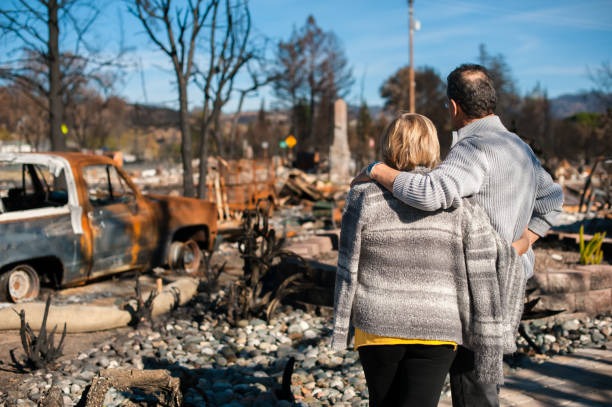

A Call to Action
Wildfires aren’t just isolated disasters, they’re part of a much bigger issue. As global temperatures rise, wildfires become more frequent and intense, releasing massive amounts of carbon dioxide that worsen climate change. (16) This creates a dangerous feedback loop: climate change fuels wildfires, and wildfires fuel climate change. Addressing wildfires means tackling their root causes, like reducing greenhouse gas emissions and adapting to a warming planet. Solving this challenge is essential for protecting both people and the environment.
Fighting climate change and reducing wildfire risks require all of us to work together. Governments, businesses, and individuals each have a role to play, whether it’s through policy changes, sustainable practices, or supporting relief efforts. Small actions, like conserving energy, planting trees, or reducing waste, add up when millions of people join in. Together, we can build a safer, more sustainable future where wildfires are less destructive and communities are better prepared to face challenges.
Hope Amid the Flames
The increasing frequency and intensity of wildfires are a wake-up call for all of us. If we don't act now to address climate change, these disasters will only worsen, putting more lives, homes, and ecosystems at risk. We have the knowledge, tools, and resources to fight back, but we need to move quickly. Time is running out, and every action we take today can help prevent even more devastating consequences tomorrow.
While the challenges ahead are daunting, there’s hope in the power of collective action. By making sustainable choices, advocating for change, and supporting wildfire recovery, we can slow down the damage and build a more resilient planet. Together, we can fight climate change and protect our Earth from burning up, ensuring a safer and healthier future for generations to come.
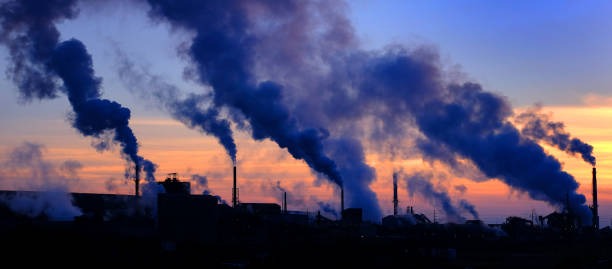

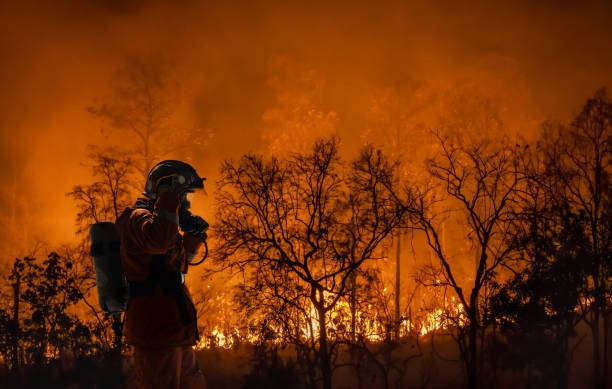

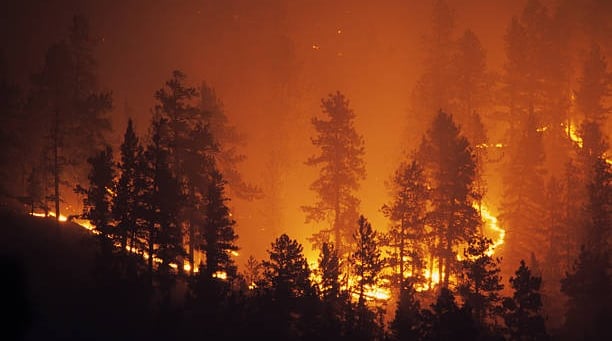

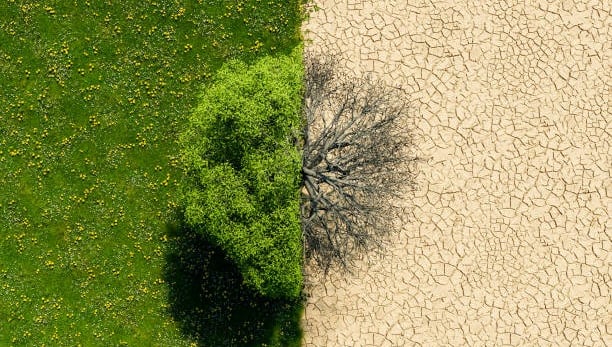

© 2025 Salo Content Writing LLC, all rights reserved
Join the Movement for a Healthier Planet! 🌿
Subscribe now and get your FREE Sustainable Living Checklist! Plus, enjoy weekly articles and delicious plant-based recipes straight to your inbox. Let’s make sustainable living simple and inspiring, one email at a time! 💚✨
